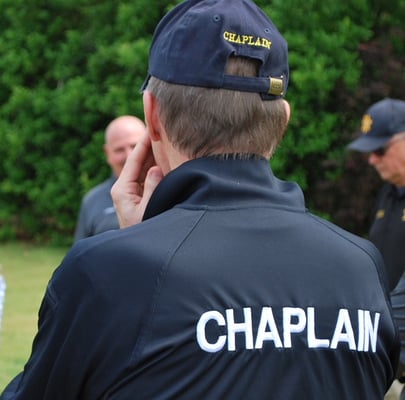Trauma Counseling


I still remember the call. It was just before sunrise, and I was looking down at what I knew was a body in that muddy field. That’s all I could do to make out what I saw in that early morning. This person had been ejected from his Camaro sometime in the night and was crushed by the exact vehicle as it rolled over him. I knew what was in front of me was a human, but it took me what seemed like forever to figure out in what position his head and feet were. Pictures like this will probably never leave my mind, and the mental trauma that I and my other firefighters experienced that morning will probably be long-lasting, though not debilitating. That morning, three firefighters/EMTs (a Christian, a Jehovah’s Witness, and one who leaned more towards Buddhist teaching) were left wondering how these fits into their worldviews.
Storm Swain writes in her book From Trauma and Transformation at Ground Zero, "Here one can see that if the event is interpreted as traumatic, the trauma is secondarily held up against the extant worldview of the individual (or culture). If one has a worldview that includes disastrous events, one is less likely to be traumatized by them. Religiously, a person’s worldview that sees disaster as part of the karmic cycle or the reality of life in a “sinful and broken world” may be able to mitigate trauma in a way that a worldview that says “God will protect me from all harm” may not."
Culture and worldview play a huge part in how we, as first responders, handle events like this. In my case, I was running this through my Christian worldview filter. My friends and co-workers were running the same event through their worldview filters. As we each worked and re-worked the narrative, the events made sense.
Storm Swain later says, "In exploring trauma, it is therefore not enough to focus simply on the event but also on the interpretation of the event and the meaning it has to a person. For most people, some events may be so magnitude that they may overwhelm regardless; others, however, may bear them surprisingly resiliently. It is helpful, therefore, to discern what is traumatic in a “traumatic event.”’ That day, I spent time reflecting and reworking the narrative against my worldview and found resiliency.
As public safety chaplains working in a pluralistic work environment, we can expect that everyone thinks or views the world differently than we do, not even here in South Carolina. If one thing I've learned living 15 years in the Carolina is that there are a lot of ways to look at the world, even among people who call themselves Christians. While it is impossible to know the worldview of every faith group, as I engage with people, I try to understand the filters that they are using to approach the trauma.
For me, as a chaplain, the ultimate goal of trauma counseling/care is not to neutralize the effect of trauma on the body, soul, and spirit but to help the people I'm ministering to rework the narrative of the trauma story to a positive change in the person's body, soul and spirit. The primary way is to give them space to tell the story repeatedly. Each time they tell the story, they hopefully start to make more sense of the traumatic event.
In these situations the chaplain's ministry of presence is very real and powerful because as people rework the narrative, they are reminded that God is there and cares for them. It is the chaplain's job to help them facilitate the conversation with God as they try to filter the trauma through their worldview while bringing the peace and hope from God back to those who have been spiritually, emotionally, and psychologically wounded.
